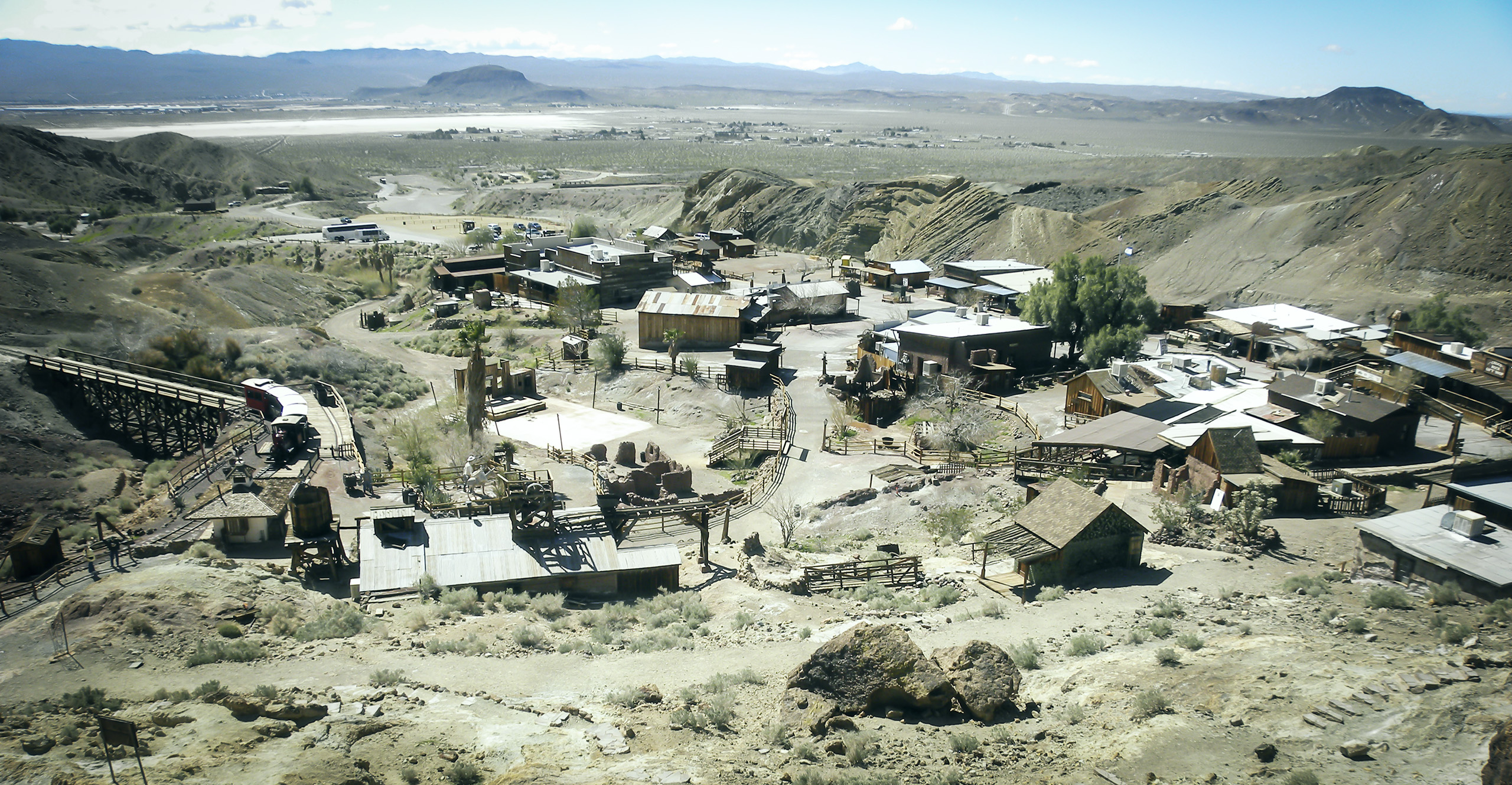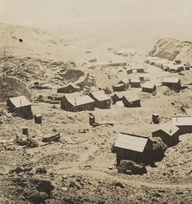
Calico Mines
Calico is a ghost town and former mining town in San Bernardino County, California, United States. Located in the Calico Mountains of the Mojave Desert region of Southern California, it was founded in 1881 as a silver mining town, and today has been converted into a county park. The Calico mines are some of the most famous mines in California.
Mining History

In 1881 four prospectors were leaving Grapevine Station (present day Barstow, California) for a mountain peak to the northeast. Describing the peak as “calico-colored”, the peak, the mountain range to which it belonged, and the town that followed were all called Calico. The four prospectors discovered silver in the mountain, and opened the Silver King Mine, which was California’s largest silver producer in the mid-1880s. A post office was established in early 1882, and the Calico Print, a weekly newspaper, started publishing. The town soon supported three hotels, five general stores, a meat market, bars, brothels, and three restaurants and boarding houses. The county established a school district and a voting precinct. The town also had a deputy sheriff and two constables, two lawyers and a justice of the peace, five commissioners, and two doctors. There was also a Wells Fargo office and a telephone and telegraph service. At its height of silver production during 1883 and 1885, Calico had over 500 mines and a population of 1,200 people Local badmen were buried in the Boot Hill cemetery.
The discovery of the borate mineral colemanite in the Calico mines a few years after the settlement of the town also helped Calico’s fortunes, and in 1890 the estimated population of the town was 3,500, with nationals of China, Cornwall and other parts of England, Ireland, Greece, France, and the Netherlands, as well as Americans living there. In the same year, the Silver Purchase Act was enacted, and it drove down the price of silver. By 1896, its value had decreased to $0.57 per troy ounce, and Calico’s silver mines were no longer economically viable. The post office was discontinued in 1898, and the school closed not long after. By the turn of the century, Calico was all but a ghost town, and with the end of borax mining in the region in 1907 the town was completely abandoned. Many of the original buildings were moved to Barstow, Daggett and Yermo.
An attempt to revive the town was made in about 1915, when a cyanide plant was built to recover silver from the unprocessed Silver King Mine’s deposits. Walter Knott and his wife Cordelia, founders of Knott’s Berry Farm, were homesteaded at Newberry Springs around this time, and Knott helped built the redwood cyanide tanks for the plant. In 1951, Knott purchased the town and began restoring it to its original condition referencing old photographs. He installed a longtime employee named “Calico Fred” Noller as resident caretaker and official greeter. In 1966, Knott donated the town to San Bernardino County, and Calico became a County Regional Park.
In 2012 Calico became the first ghost town in America to be re-opened for residential purposes. 100m from the ghost town site, six luxury villas were built with a trading value of $4.5 million.
Location
34.944806° -116.867591°
[mapsmarker layer=”3″]
The Calico mines require 4×4 to navigate. Like most of these parts of California, the summer months are extremely hot, and nights can be very cold.
Gallery
[nggallery id=4]